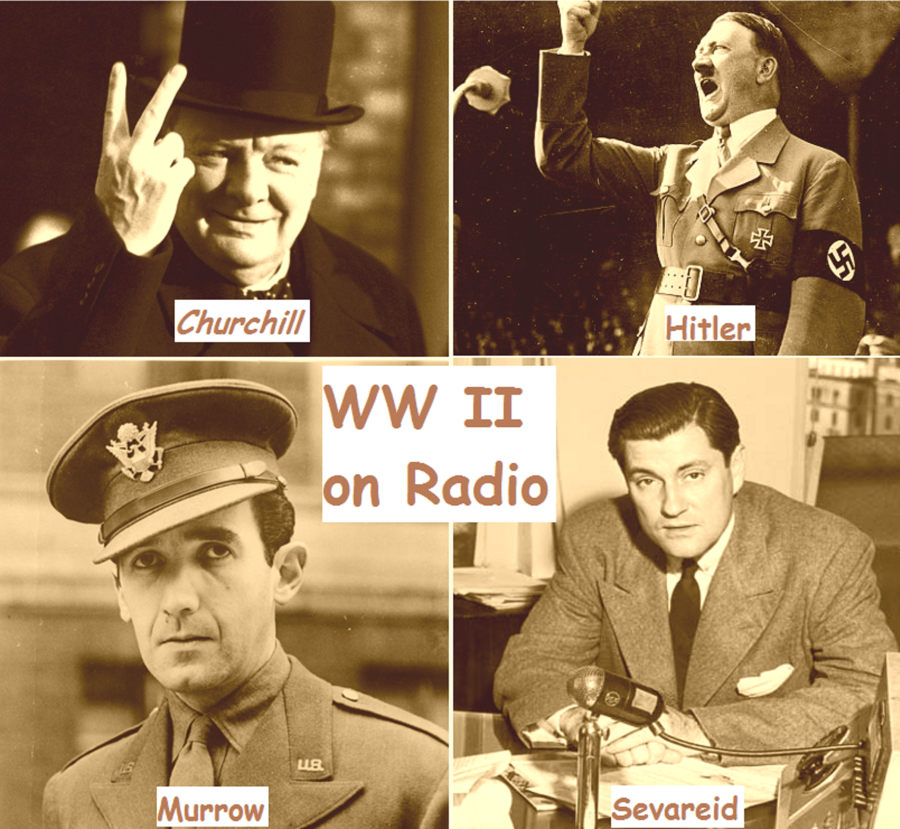
On this date, December 26, 1941, Winston Churchill became the first British Prime Minister to address a joint session of the U.S. Congress. Those were dark and frightening days, immediately after the Japanese attack on Pearl Harbor, and this seems to be a timely post.
I have a large collection of historical recordings from the WW II years and instead of keeping them in a drawer, I decided to create and share this historical audio and visual montage. Era appropriate images are combined with sounds from radio broadcasts. Churchill, FDR, Murrow and Sevareid are at their best in this recording. I think one of the most inspiring moments in world history comes at 5:07-6:01 in the video as Winston Churchill, with steely determination, responds to Hitler’s prediction that the n–is would soon dominate the world.
The audio has been cut from a longer documentary I put together in the early 1990s. Copies of many of my rare recordings have been supplied to the BBC, the Eisenhower Presidential Library, the G. Robert Vincent Voice Library at Michigan State University, and Hollywood film directors. Personally, I have presented the “live” version of this documentary twice before the National Archives. Collecting the audio for this venture was fruitful and challenging. My journey included direct communication with Eric Sevareid, William L. Shirer, several other journalists known as “Murrow’s Boys,” and the immediate family of Edward R. Murrow. I believe that, as of this date, all of these people have passed away. They were pretty old even in the early ’90s.
The video begins in May 1940 with the resignation of British P.M. Neville Chamberlain. Winston Churchill had been selected to lead the government. From there the events that led to American involvement in the war unfold. After the surprise attack on Pearl Harbor, the early days of the war were difficult for the United States. It may be hard to believe today, but at the time the American military was quite unprepared for a war of that magnitude. Since Japan had attacked the U.S. much of the action seen by Americans early in the war took place in the Pacific versus on the European front.
Warning: This recording ends in the bleak month of May 1942, prior to the Battle of Midway, which is often considered a turning point for the allies in the Pacific War. So it is a bit of a downer, but if people like it, I will continue with my project of turning my historical recordings into shorter videos.

Some comments may be held for moderation. (New users)